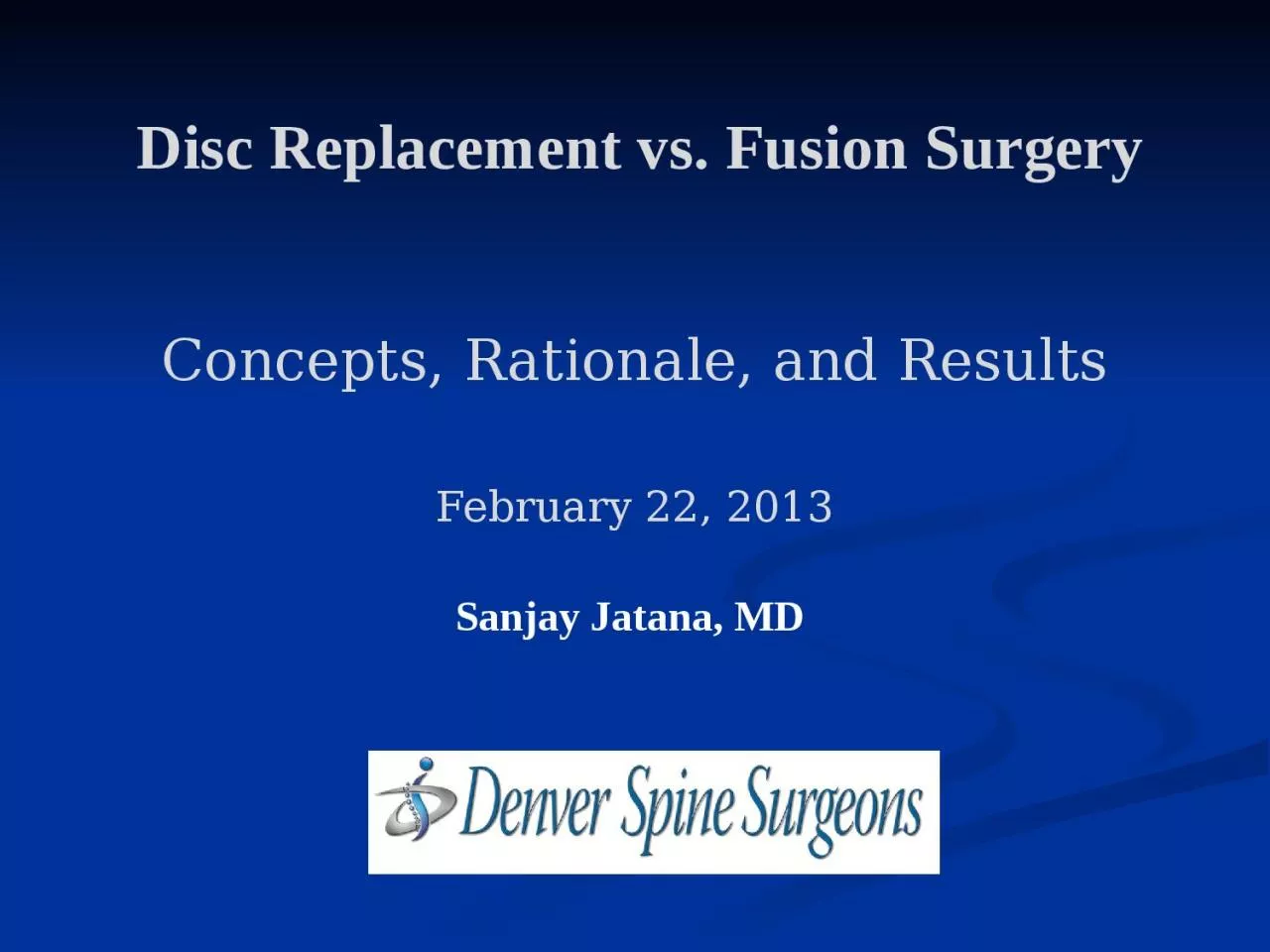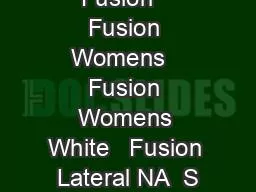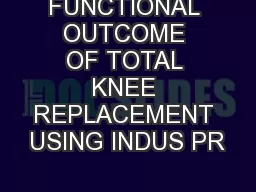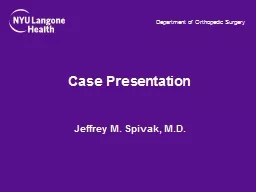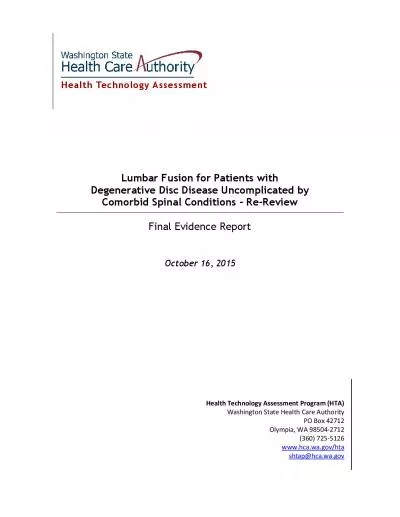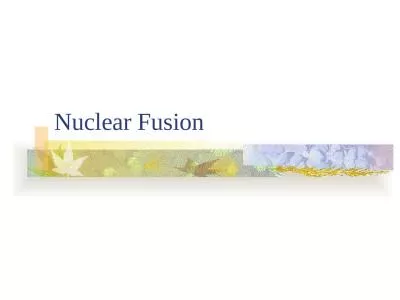PPT-Disc Replacement vs. Fusion Surgery
Author : piper | Published Date : 2022-06-11
Sanjay Jatana MD Concepts Rationale and Results February 22 2013 Disclosures Conflict of Interest None Paid Consultant Zimmer FDA IDE Study site PCM disc replacement
Presentation Embed Code
Download Presentation
Download Presentation The PPT/PDF document "Disc Replacement vs. Fusion Surgery" is the property of its rightful owner. Permission is granted to download and print the materials on this website for personal, non-commercial use only, and to display it on your personal computer provided you do not modify the materials and that you retain all copyright notices contained in the materials. By downloading content from our website, you accept the terms of this agreement.
Disc Replacement vs. Fusion Surgery: Transcript
Download Rules Of Document
"Disc Replacement vs. Fusion Surgery"The content belongs to its owner. You may download and print it for personal use, without modification, and keep all copyright notices. By downloading, you agree to these terms.
Related Documents

